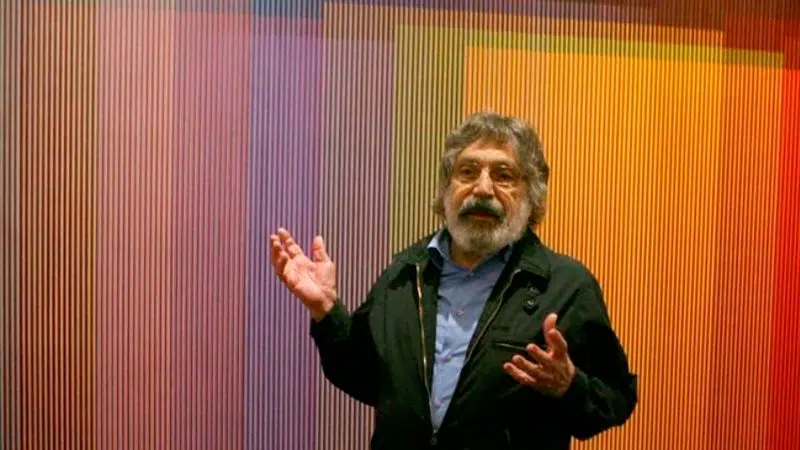
Cruz-Diez, Venezuelan pioneer of kinetic art, dies in Paris
CARACAS, Venezuela — Carlos Cruz-Diez, a leading Venezuelan artist who won international acclaim for his work with colour and the style known as kinetic art, has died in Paris. He was 95.
“Your love, your joy, your teachings and your colours, will remain forever in our hearts,” said a family statement posted on Cruz-Diez’s art foundation website. It did not give a cause of his death on Saturday and said funeral services will be private.
Cruz-Diez developed a reputation as one of Latin America’s most prominent artists in the second half of the 20thcentury. His installations have been featured in major international art museums and public spaces.His work has recently been on display in exhibitions in Paris, London, Saudi Arabia and Panama, his website said.
“Nobody understood the mystery of colour like him,” Venezuelan writer Leonardo Padrón said on Twitter.


